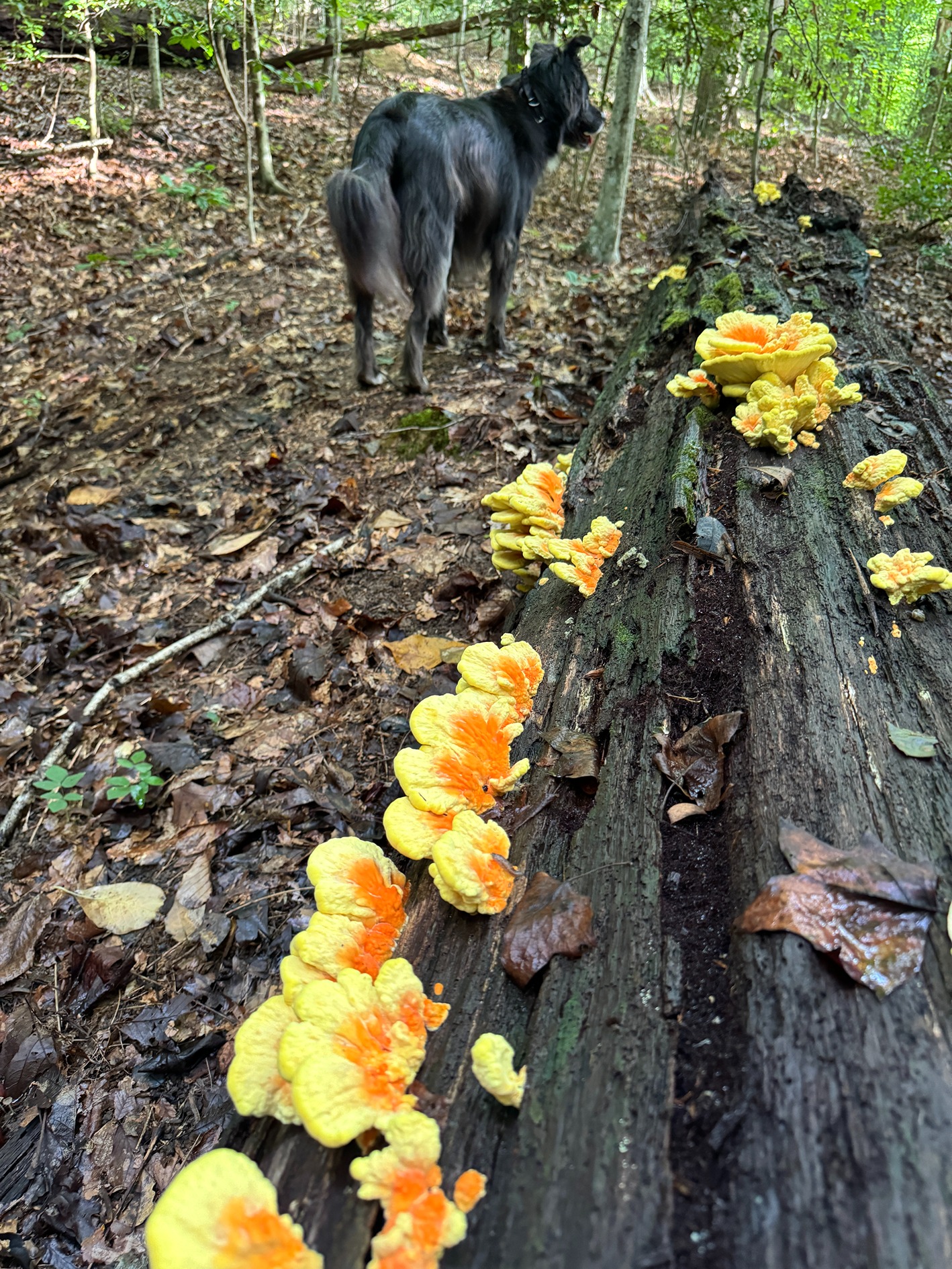In Search of Nímbulos, Guardians of Costa Rica’s Cloud Forests

It was around midnight when biologist Paola Muñoz awoke to the sounds of children laughing as pots and pans clattered to the kitchen floor. She listened from her room to an adult voice scolding the mischief-makers. It was followed by the whack of a broom and the barking of Alaska, the resident dog of the field station where she was staying, high in the Talamanca Mountains of Costa Rica. In the morning, she asked the station’s caretaker about the midnight ruckus. “He said, ‘It was those stupid nímbulos, they think it’s funny!’” she recalls. More than a decade after the incident, she regrets staying in her room. “I had the opportunity to see them,” she says. “I was just too afraid.”
Muñoz’s apparent near-encounter with the nímbulos is not unusual in this corner of the Talamancas. These child-like spirits are said to live in the forests around Cerro de la Muerte, the Mountain of Death. Rooted in Indigenous folklore, stories of the nímbulos have evolved in the telling. Spanish incursions in the 16th century tinged them with elements of Catholicism; more recently, concerns about climate change and deforestation have infused the tales with eco-activism. As the landscapes change, the stories change with them, reflecting and influencing the experiences of local people. Now, stories told of the nímbulos echo the plight of the region’s endangered and threatened species, such as the resplendent quetzal and Baird’s tapir: They must be actively protected or face extinction.
Click here to keep reading…



